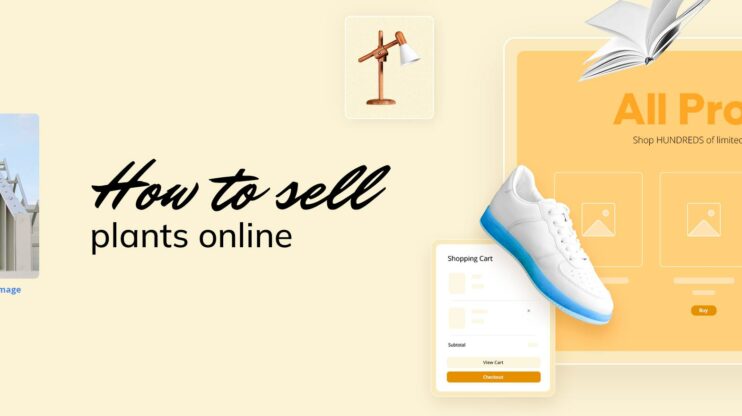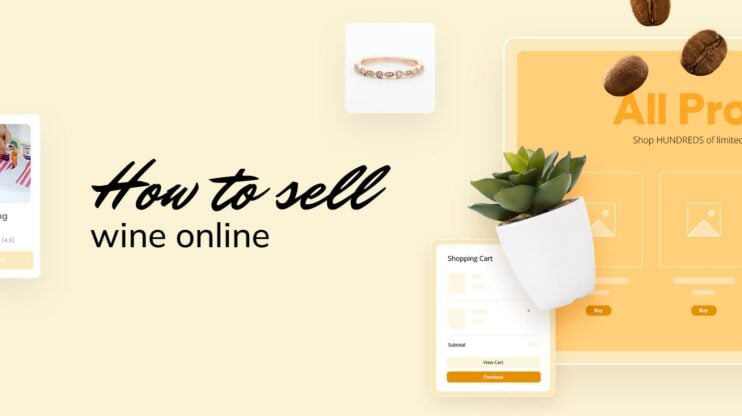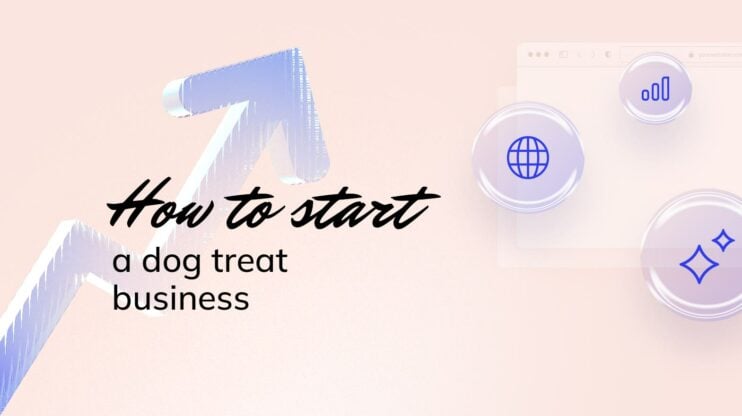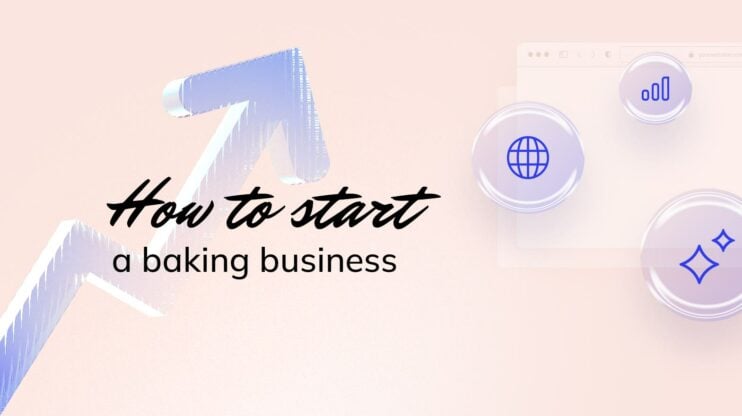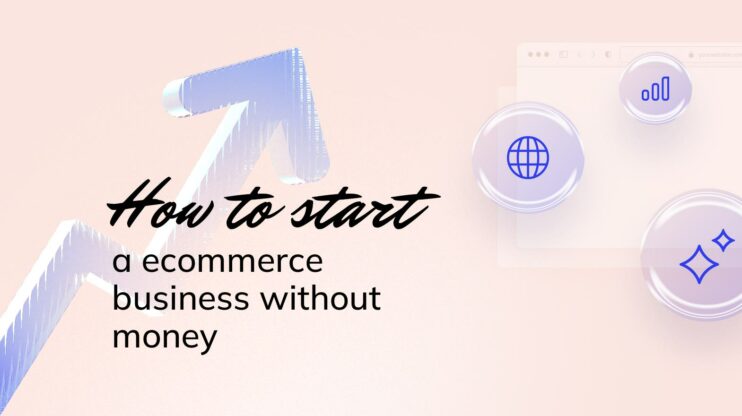When I was just 14, I discovered that unused scraps of fabric could become something more. I wasn’t crafting masterpieces; but rather making my favorite cartoon characters, like Sponge Bob or Tom and Jerry. This was something I was doing as a pastime, then my friends and relatives noticed and fell in love with the ugly toys I was making for fun. Now I had to make toys for them. I dedicated all my free time to creating new things, sketching, and sewing toys. Once my best friend asked, “Why don’t you sell those?” Little did she know I was dreaming of having my own store to sell handmade toys.
A year later, I decided to try selling online. Back then, I was selling on Etsy, but if I were starting now, I’d create my own website for sure. Well, the toy-selling business was a real trial and error, which taught me a lot. Today, I will share what I’ve learned in order to help you sell toys online, whether you are making those by hand, sourcing as a third party, or decluttering the toys in your house.

Create your online store in minutes!
Looking to sell online? Develop and launch your store with 10Web AI Ecommerce Website Builder.
How to sell toys online: strategies from experience
The strategies that I am going to walk you through, are based on my experience with selling handmade toys, however, those can be applied to any type of toy selling.
Research the market
In my case, the market kind of found me. I didn’t have a grand plan or research strategy. I was just creating toys for fun. Friends and family became my first “customers,” and their enthusiasm showed me there was a demand I hadn’t even realized existed. However, if you are serious about selling and don’t know where to start, market research can be the foundation.
In the most basic terms, market research is about answering a few important questions to measure the size of the market, the demand, and customer expectations. The most simple questions you can start with are:
- Who will buy my toys?
- Why would they choose mine over others?
- What problems am I solving or dreams am I fulfilling for them? (what kind of value are you creating or giving them?)
First, go to social media platforms, like Pinterest or Instagram to see what’s trending. You can search by hashtags or in the accounts section then follow accounts of popular toy sellers to see what’s working for them.
Then comes surveying potential customers (can be people in your circle, like friends who might be interested or parents.) Online tools like Google Forms or even a quick poll on Facebook can provide insights. What kinds of toys do they want? What price range are they comfortable with? The answers might surprise you.
Another trick is looking at reviews on popular selling sites, like Amazon and Etsy, these are pressure places for real user feedback for free. Look for patterns in what people rave about or complain about, see the gaps in the market, and identify their needs/wants. For instance, if buyers are consistently saying, “I wish this toy was more durable,” you’ve just spotted an opportunity to stand out.
Start with a story
One thing I realized during toy-selling was that people don’t just buy toys; they buy the story behind them. For me, the fact that I was creating handmade toys based on my favorite cartoon characters wasn’t just a detail—it was a huge selling point. People are connected with nostalgia and personal touch. Your story can be related to your kids, the uniqueness of the toys you are selling, etc.
Stories are the big sellers of your products, no matter what you sell. This matters so much because
- Shoppers connect with authenticity. A meaningful story makes your brand relatable.
- Stories build loyalty. When someone feels connected to your journey, they’re more likely to support you.
Think of the whys behind selling toys. Maybe there is something truly unique about your process or materials. Keep it in mind to share it on your website and social media later.
Find you niche
There is one golden rule about sales: if you try to be everything to everyone, no one remembers you at the end. That’s why finding a specific corner of the toy market to call your own is like choosing the star of your story. It’s what makes you you and helps you stand out in the market.
Here are some ideas for you (if you haven’t found yours yet.)
Vintage collectibles
Do you love the charm of old-school toys that remind people of their childhood? From tin wind-ups to retro dolls, vintage toys have a huge market, especially among collectors and nostalgia enthusiasts. It’s like selling a time machine, one toy at a time.
STEM or educational toys
Parents are always looking for ways to sneak a little learning into playtime. STEM (science, technology, engineering, and math) toys or creative educational games are a hit with families who want their kids to have fun and grow smarter. Think coding kits, building sets, or interactive puzzles. You can both make this type of toys yourself or source them as a third-party seller.
Sustainable or handmade products
Eco-friendly and handmade toys are meaningful. People love supporting brands that care about the planet or bring a personal touch to their products. Whether it’s wooden blocks, fabric dolls, or toys made from recycled materials, sustainability sells. A handmade toy with a story will always win.
After you have defined exactly what type of toys you should sell, the rest of the process will flow.
Source/make the products
Now it’s time to do real business. After all the research work, you are ready to start selling. This stage can differ for different people, depending on whether you’re creating the toys with your hands, sourcing them from others, or using a more hands-off approach like dropshipping, this step sets the tone for your entire business.
To source products, you can do one of the following:
Partner with wholesalers or manufacturers
This is a great option if you’re looking to stock a variety of toys without making them yourself. Wholesalers and manufacturers can provide you with bulk quantities at a lower cost, but the key is finding ones that align with your brand values.
Pro Tip: Always request samples before committing to a large order. You need to see and feel the quality firsthand.
Collaborate with artisans
If you’re not making toys yourself, why not team up with local or international artisans? Unique, handmade products will set you apart and add a human touch that resonates deeply with buyers. For instance, you can partner with a woodworker to create wooden puzzles or with textile artists to make soft, colorful plush toys.
Pro Tip: You can share the artisans’ stories alongside your products. Remember, people buy into stories just as much as they buy products.
Dropship
If managing inventory isn’t your thing, dropshipping might be a great option. With this model, you don’t need to hold stock. Instead, you act as the middleman, and your supplier ships products directly to your customers. The good part is that you won’t have any storage or upfront inventory costs. The downside is that you will have less control over quality and shipping times, so you’ll need to thoroughly vet your suppliers.
Create a brand
This step is optional, so you can skip it. Before setting up your store, focus on building a brand that sticks in people’s minds. Your brand is the personality and story behind your business. Start with a unique name that reflects your style and focus; if you’re stuck, 10Web’s Business Name Generator can help you brainstorm names, logo ideas, and check domain availability in one go.
The branding you create will create a connection between your business and customers.
Build a simple, functional online store
What I noticed selling toys on Etsy is that it is nothing fancy, but it does the job. What mattered most for me was nailing the basics: great photos, clear descriptions, and a smooth buying process. If I hadn’t stopped the sales, I would build my own website. It would give me more flexibility and control for telling my story and showcasing my brand.
If that’s what you are considering, you can make a stunning and functional website with the 10Web AI Website Builder, which uses AI to create a website for you based on your business descriptions.
Here is how:
- Go to 10Web.io > provide your website’s name > describe it in a few words > click Generate Your Website.
- Review the Website name and description.
- Click Next > review the website structure that AI’s created.
- Click Next > choose the website colors, fonts, and styles.
- Click Generate to apply.
From there, you will be directed to a very intuitive dashboard where you can manage your toy store, add products, and configure all the necessary settings.
Your website is your virtual storefront—a space that reflects your personality and brand. It’s where customers connect with your story and trust your business. By using a tool like 10Web, you can create a polished, professional website without much effort.
Shop up on social media
Social media is where you can let your creativity and personality shine. You can use Instagram and Pinterest to share behind-the-scenes clips of you sketching or sewing toys to build a connection with people. People love seeing processes, the mess-ups, and the finished products.
Start with one platform and go all in. Post consistently and engage with your audience. Use hashtags like #HandmadeToys, #EcoFriendlyGifts, or #ToysForKids to help people discover you.
Do SEO
Search Engine Optimization (SEO) is a fancy way of saying “help people find you online.” Using keywords like “handmade plush toys” or “eco-friendly playthings” in product titles, descriptions, and blog posts can make your store easier to discover.
Action Tip: Think about what your ideal customer might type into Google. Then, sprinkle those phrases naturally into your website. Tools like Google Keyword Planner or Ubersuggest can help you find the right words.
Conclusion
Walking you through this process brought some sweet flashbacks of memories, which made me restart this toy-making pastime. It’s not only about making sales, but most of the time, it’s about doing something valuably enjoyable.
Whether you’re making toys by hand, sourcing them, or decluttering your shelves, the steps are simple: find your focus, create a brand, build a store, and market your products. This guide provided you with actionable information you can use to have a successful toy-selling story.
FAQ
Do toys sell well in the marketplace?
Where to sell used toys?
How do I sell my toys?
How can I prepare toys for sale?
What are the popular toy categories to sell?

Create your online store in minutes!
Looking to sell online? Develop and launch your store with 10Web AI Ecommerce Website Builder.









